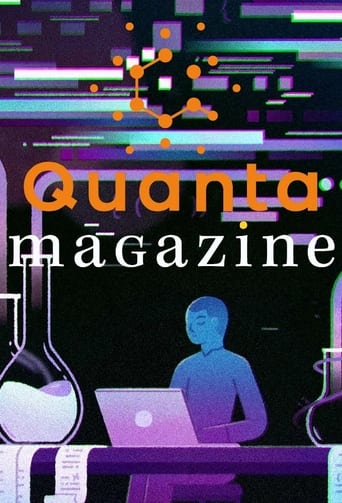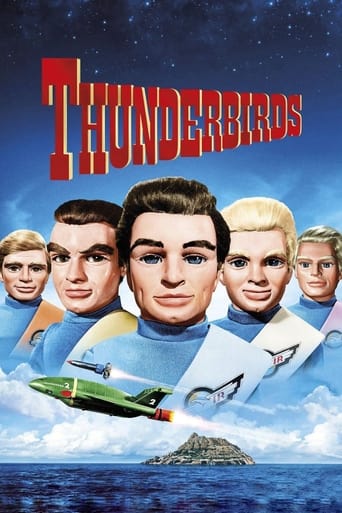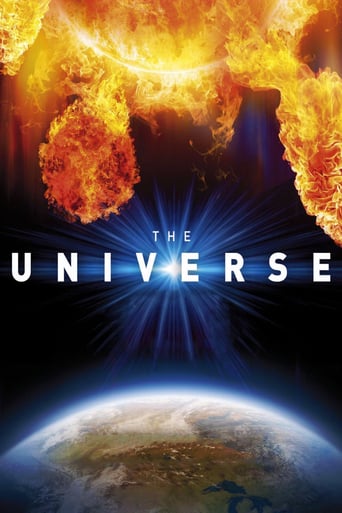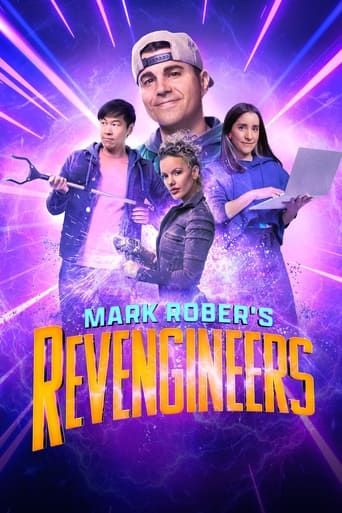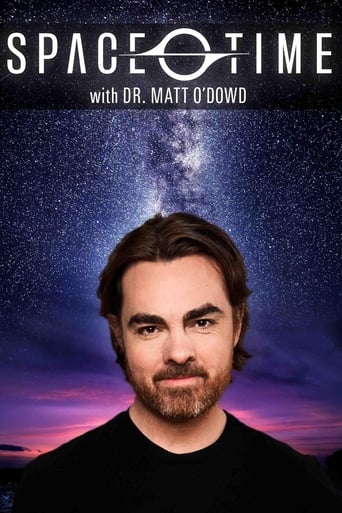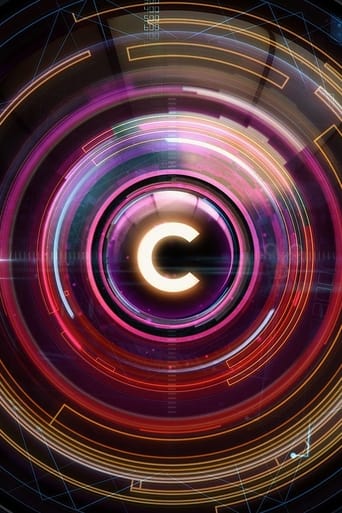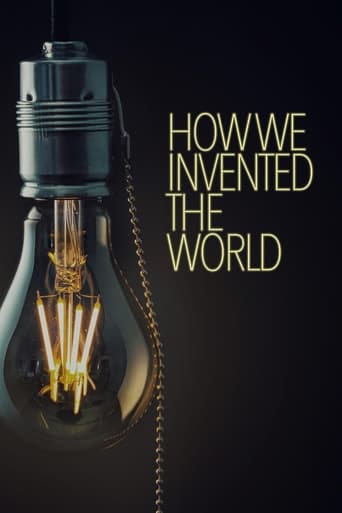Quanta Magazine Season 2021
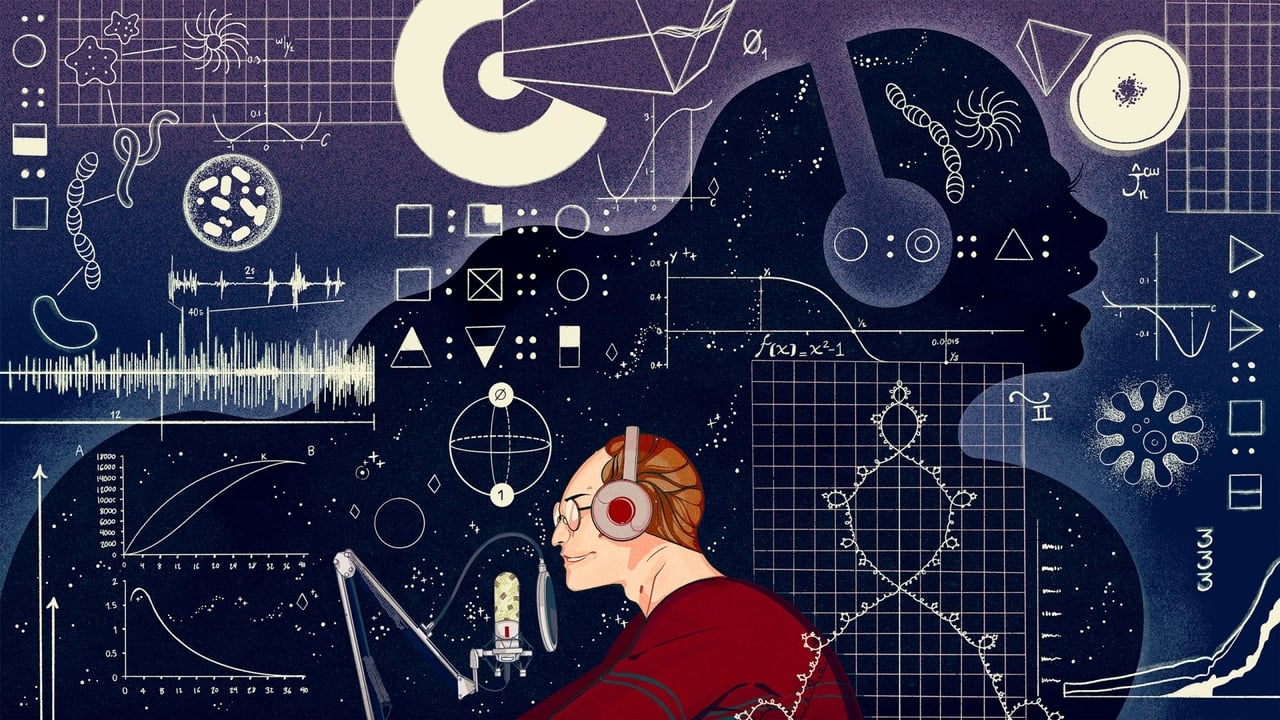
Explore mind-bending developments in basic science and math research. Quanta Magazine is an award-winning, editorially independent magazine published by the Simons Foundation.
Watch NowWith 30 Day Free Trial!
Quanta Magazine
1
Explore mind-bending developments in basic science and math research. Quanta Magazine is an award-winning, editorially independent magazine published by the Simons Foundation.
Watch Trailer
With 30 Day Free Trial!
Quanta Magazine Season 2021 Full Episode Guide
It was a big year. Researchers found a way to idealize deep neural networks using kernel machines—an important step toward opening these black boxes. There were major developments toward an answer about the nature of infinity. And a mathematician finally managed to model quantum gravity.
It was a big year. Fermilab discovered possible evidence of new physics with the muon G-2 experiment. Physicists created a time crystal, a new phase of matter that appears to violate one of nature’s most cherished laws. And we got a glimpse of an enormous pair of bubbles towering over the Milky Way
A paradigm shift in how we think about the functions of the human brain. A long-awaited genetic sequence of Rafflesia arnoldii, the strangest flower in the world. A revelation in sleep science. These are some of the year's biggest discoveries in neuroscience and other areas of biology
NASA's James Webb Space Telescope is the most powerful telescope in the history of humanity, and one of the most ambitious engineering projects ever attempted. It will witness the birth of stars and galaxies at the edge of time and probe alien skies for signs of life. In this new documentary from Quanta, JWST’s lead scientists and engineers discuss what inspired the telescope, how it was built, the extraordinary challenges it will face upon launch, and its potential discoveries.
Anne Carpenter, a computational biologist and senior director of the Imaging Platform of the Broad Institute of MIT and Harvard, brings the power of machine learning to researchers seeking answers in mountains of cell images. She developed CellProfiler, a widely used open-source software for measuring phenotypes (sets of observable traits) from cell images. It has been cited in more than 12,000 publications since its release in 2005.
We know next to nothing about the other 6 billion or so Earth-like exoplanets in the galaxy. With the imminent launch of the largest, most powerful space telescope ever built, Laura Kreidberg is optimistic this will soon change. Kreidberg is the founding director of a new department at the Max Planck Institute for Astronomy in Heidelberg, Germany, devoted to studying what the weather is like on alien worlds. NASA’s $10 billion James Webb Space Telescope (JWST), set to launch in December after decades of planning and construction, will allow her to peer into alien skies and, she said, “turn these planets into places.”
Anil Seth wants to understand how minds work. As a neuroscientist at the University of Sussex in England, Seth has seen firsthand how neurons do what they do — but he knows that the puzzle of consciousness spills over from neuroscience into other branches of science, and even into philosophy.
In 2003, the Human Genome Project announced that it had successfully sequenced the entire human genome. That wasn’t quite true. Nearly 10% of human DNA was still missing from the map. Karen Miga, a geneticist at the University of California, Santa Cruz, co-founded an effort to sequence the missing DNA.
Melanie Mitchell, the Davis professor of complexity at the Santa Fe Institute, has worked on digital minds for decades. She says AI will never truly be "intelligent" until it can do something uniquely human: make analogies.
The Standard Model of particle physics is the most successful scientific theory of all time. It describes how everything in the universe is made of 12 different types of matter particles, interacting with three forces, all bound together by a rather special particle called the Higgs boson. It’s the pinnacle of 400 years of science and gives the correct answer to hundreds of thousands of experiments. In this explainer, Cambridge University physicist David Tong recreates the model, piece by piece, to provide some intuition for how the fundamental building blocks of our universe fit together. At the end of the video, he also points out what’s missing from the model and what work is left to do in order to complete the Theory of Everything.
Even in an incomplete state, quantum field theory is the most successful physical theory ever discovered. Nathan Seiberg, one of its leading architects, reveals where math and QFT converge.
Out in the vast universe, unknown billions of strange worlds drift around other stars. Many of them are quite unlike anything in our solar system. While astronomers hope to use immense upcoming observatories to get a better look at their outsides, Federica Coppari has been using the world’s largest laser to investigate their insides. Coppari compresses familiar substances, including rocks and water, into new forms. Her work has yielded insights into the inner workings of frozen giants such as Uranus and Neptune, as well as the potential habitability of super-Earths — rocky planets that dwarf our own.
Quantum computers aren’t the next generation of supercomputers—they’re something else entirely. Before we can even begin to talk about their potential applications, we need to understand the fundamental physics that drives the theory of quantum computing. (Featuring Scott Aaronson, John Preskill, and Dorit Aharonov.)
At the heart of every galaxy lies one of the most mysterious objects in the universe: a supermassive black hole. Millions to billions of times the mass of our sun, these giants power astrophysical jets, one of the most energetic processes known to physics.
Chiara Marletto is trying to build a master theory — a set of ideas so fundamental that all other theories would spring from it. Her first step: Invoke the impossible. Read more about Marletto and David Deutsch's constructor theory at Quanta Magazine: https://www.quantamagazine.org/how-to-rewrite-the-laws-of-physics-in-the-language-of-impossibility-20210429/
Plate tectonics is the narrative arc that ties every episode in Earth’s geologic history together. Thanks to the magnetic compasses hidden in volcanic rocks, scientists know where each tectonic jigsaw piece has been over eons of time. They can replicate the plates’ odysseys in beautiful and precise simulations that reveal the destruction and creation of Earth’s many faces. Lucía Pérez-Díaz, a geologist at Oxford, studies our planet's stunning ability to constantly change its face.
Volcanoes are intimately connected with life. Scientists are using the current eruptions in Iceland to understand the possible history of life on Mars. Read the full article at Quanta Magazine: https://www.quantamagazine.org/icelands-volcanoes-reveal-the-hot-history-of-mars-20210406
Rediet Abebe uses the tools of theoretical computer science to understand pressing social problems — and try to fix them. Read more at Quanta Magazine: https://www.quantamagazine.org/a-computer-scientist-who-tackles-inequality-through-algorithms-20210401/
On the website for the department of zoology of the University of Cambridge, the page for Arik Kershenbaum lists his three main areas of research, one of which stands out from the others. Kershenbaum studies “Wolves and other canids,” “Dolphins and cetaceans” — and “Aliens.” Granted, science hasn’t yet found any aliens to study, but Kershenbaum says that there are certain things we can still say about them with reasonable certainty. Topping the list: They evolved. Read the full article at Quanta Magazine: https://www.quantamagazine.org/arik-kershenbaum-on-why-alien-life-may-be-like-life-on-earth-20210318/
Po-Shen Loh believes math education needs an overhaul. And he knows a thing or two about it—he's resurrected the United States International Mathematical Olympiad team, leading it to four first-place rankings in the last six years as the team’s head coach.
To understand what epidemiological models can tell us, it helps to first understand what they can’t. In this explainer, we break down how epidemiological models are built and dispel some of the common misunderstandings about their applications.
Every year, roughly 10 particles of space dust land on each square meter of Earth’s surface. Matthew Genge, a planetary scientist at Imperial College London, specializes in these alien dust grains, known as micrometeorites. They float here from space rocks hundreds of millions of miles away, bearing tiny messages about the mysteries of our solar system.
In 1967, Christine Darden was added to the pool of "human computers" who wrote complex programs and tediously crunched numbers for engineers at NASA's Langley Research Center. But Darden wanted to do more than process the data — she wanted to create it. After wading through daily calculations for eight years, Darden approached her supervisor to ask why men with the same educational background as her (a master of science in applied mathematics) were being hired as engineers. Impressed by her skills, her supervisor transferred her to the engineering section, where she was one of few female aerospace engineers at NASA Langley during that time. Her first assignment was to write a computer program for sonic boom. That program launched a 25-year career of working sonic boom minimization.
In this new video, Wilczek reflects on his life's work and describes what he believes to be the most beautiful equations in physics.
The Riemann hypothesis is the most notorious unsolved problem in all of mathematics. Ever since it was first proposed by Bernhard Riemann in 1859, the conjecture has maintained the status of the "Holy Grail" of mathematics. In fact, the person who solves it will win a $1 million prize from the Clay Institute of Mathematics. So, what is the Riemann hypothesis? Why is it so important? What can it tell us about the chaotic universe of prime numbers? And why is its proof so elusive? Alex Kontorovich, professor of mathematics at Rutgers University, breaks it all down in this comprehensive explainer.
Free Trial Channels
Seasons


